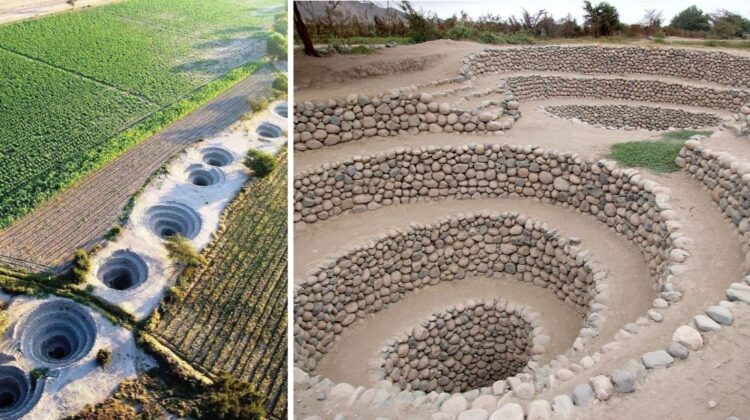
The Cantalloc Aqueducts, which were built by the Nazca people during Peruvian history’s pre-Columbian period, continue to serve their original purpose, with local farmers still relying on them to transport water to the parched region.
A team of academics led by Rosa Lasaponara of the Institute of Methodologies for Environmental Analysis recently reviewed satellite pictures to see whether they may reveal new information about the “puquios” — a network of aqueducts located 4 kilometers (2.5 miles) west of Nazca, Peru. There are roughly 40 such aqueducts in existence, all built by the Nazca civilisation, and the Nazca utilized them all year.
These buildings in Peru’s lowlands are about 2.5 miles (4 kilometers) east of the famed Nazca lines. The constructions may have a same theme, since there have been theories that the lines had a symbolic role in the hunt for water, which the Nazca aqueducts were designed to harness. These canals, like the Nazca lines, are thought to have had a religious purpose in addition to their utilitarian utility of making the soil more hospitable to agriculture.
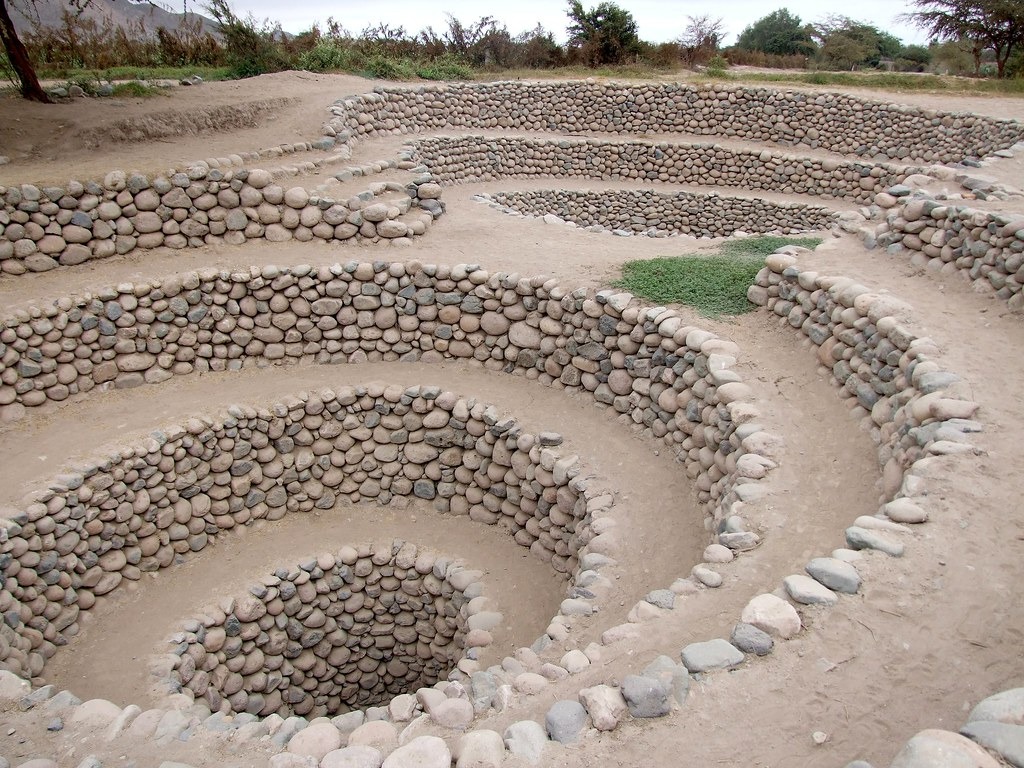
The aqueducts’ discovery highlighted the Nazca civilization’s technological prowess. The ‘puquios,’ or spiral constructions, were part of a hydraulic system that retrieved and channeled water. Wind was able to blow into a network of underground canals, driving water from underground aquifers into locations where it was required the most. The puquios were such a successful design that 30 of them are still in use by farmers today.
Such a comprehensive and long-lasting network demonstrates its designers’ mastery of the geology and yearly water supply characteristics of the surrounding region.
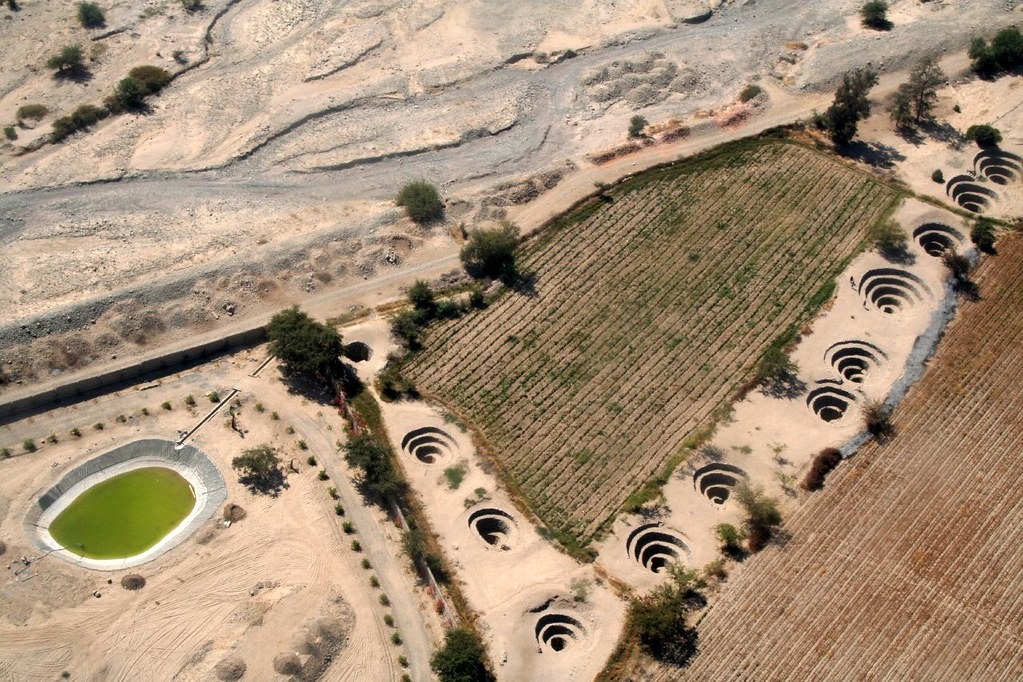
The Nazca civilization thrived along the arid, southern coast of Peru between c. 100 BC and 800 AD in the river basins of the Rio Grande de Nazca drainage and the Ica Valley. The Nazca created a wide range of crafts and technology, including pottery, textiles, geoglyphs, and, of course, aqueducts, all of which were heavily inspired by the preceding Paracas civilisation (which was famed for its exceedingly complicated textiles).
Apart from these incredible water networks, the Nazca people of Peru’s Ica Region are most renowned for the Nazca Lines, massive drawings on the desert with no known purpose. It was recently discovered that the oldest of these lines is a fat cat.
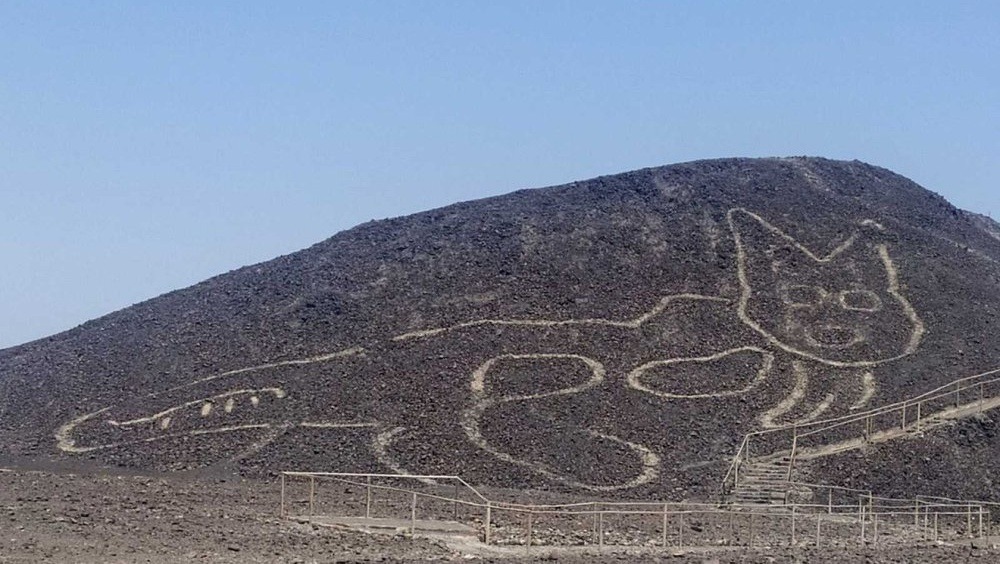
The Nazca were keen watchers of the wide maritime environment, as were other Coastal Andean peoples in South America. A good example is the whale tooth below, from which a lovely lady has been carved.
The salty ocean and its strange species formed a dyadic antithesis to the fresh waters of the land. The cutting of a ceremonial sculpture out of the teeth of a massive sea monster was obviously spiritually significant.
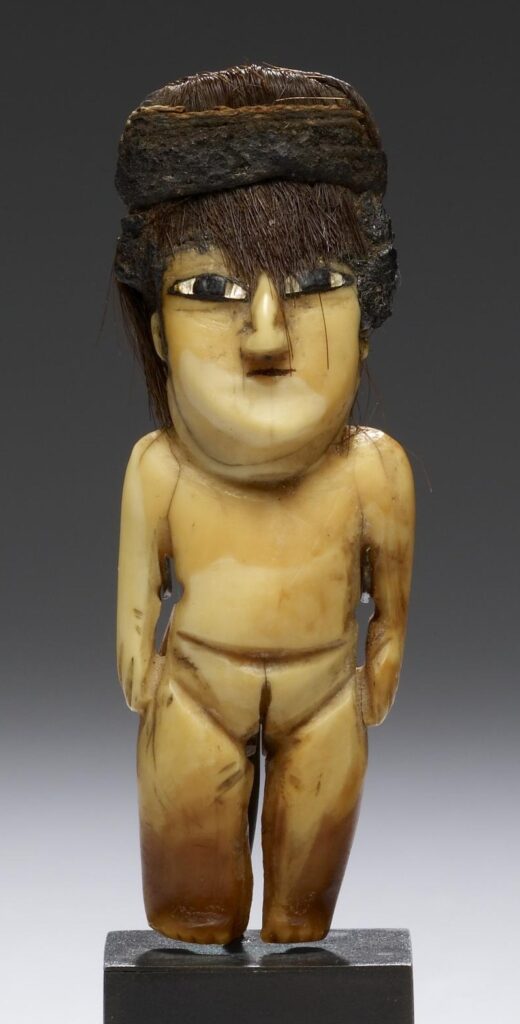
But let’s return to the Nasca’s amazing aqueduct systems. They created them to transport water from mountain springs; the word ‘puquios’ refers to the spiral-shaped starting places.
These springs are often covered with wooden roofs and bordered with stones and are located quite far up the slopes of the mountains. Water is pumped down from the puquios onto lowland farmland via deep ditches.
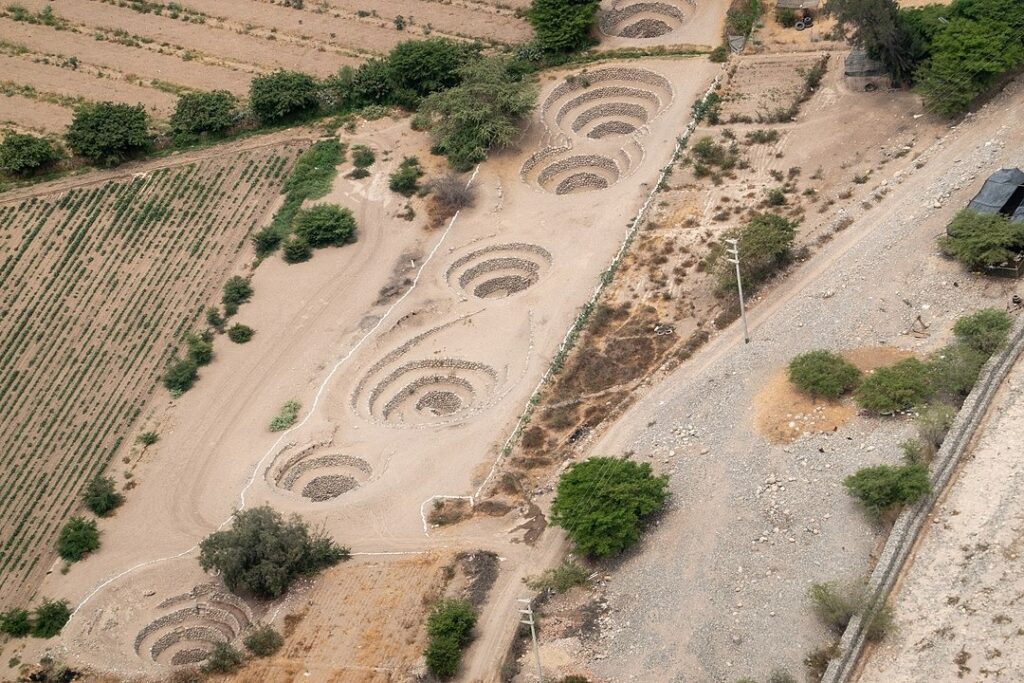
The aqueducts’ courses are simple to follow since they are built in huge curves. The Nazca really averted flooding by curving their rivers to ensure that the water did not flow too swiftly when the snow melted in the spring.
These spirals are known as ‘ojos,’ which is Spanish for ‘eyes.’ You can really go into them, spiraling down on stone steps all the way to the bottom to the cooling wells. The aqueducts, on the other hand, require regular maintenance, and farmers descend from the ‘ojos’ to clean up the canals. In exchange, they receive a lushly vegetated region — a cool spot to hike with amazing mountain vistas in every direction.
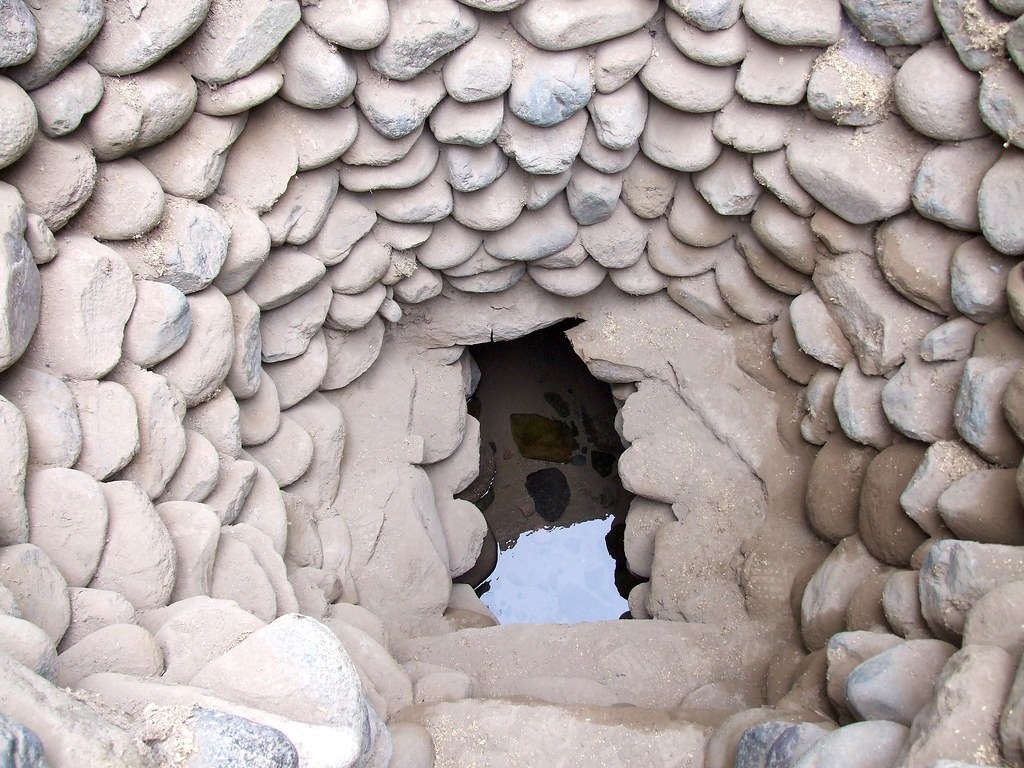

Apart than what has already been stated, all we know about the Nazca is their inventiveness in their creations. As a result, for anybody visiting the Nazca Lines, these innovative water management systems are a must-see. The Cantalloc Aqueducts are evidence of a cunning desire to make the desert suit those demands, while the lines reflect a rich and creative religious life.

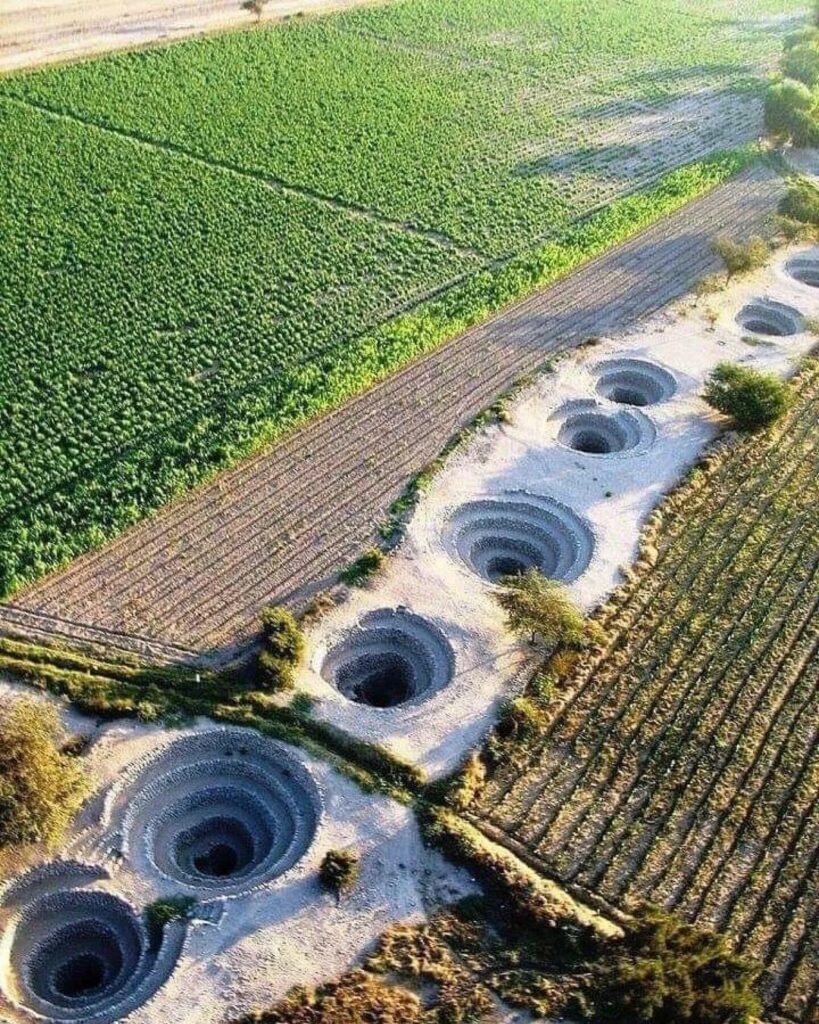
Absolutely amazing!! Almost hard to believe for me.
Good information that I had never heard of before fascinating
Amazing that they are nearly identical to qanats from the other side of the world.
Thank you so much for this comment as I was able to see how this system worked when I googled QANATS. So fascinating.
searching for Puquios gives much better results.
Thank you for this amazing article – it is almost like being there and understanding the complex process of directing and saving water – we could use some of this ancient wisdom right now as we see our world suffering from drouth and dislocation of millions of people. I will look forward to reading more articles like this. .
It lacks information to make any sense to me. These are a spiral pathway down to water where people could walk down and bring up two buckets of water riding on a yoke across there shoulders as do the Chinese. If there’s wind involved, how does that work? 🤔 There is a wash along side in the one photo that appears runoff could fill underground aquafer to the bottom of these, making a cistern of sorts for water access the way I described. Why would big round rocks line something they needed to be smooth for the wind to spiral downward? I don’t get it. Something must be lost in the translation. I think my theory holds more water!
Amazing work that made for good vegetation and quality of workmanship to withstand and still work today. I had never seen these before. Thank you for sharing.
We really know so little, with new information every day! Thanks for such a well done article and photos. Fascinating!
It would be nice to know these pneumatic systems worked. How did the wind move the water to other place?
Amazing aqueducts using gravity to channel underground water to where they wanted it. I would like to know more about the reference to using wind to push the water. I can’t find any reference to this concept in other articles about these aqueducts.
Please continue to publish similar articles that broaden our knowledge of ancient cultures.
Is there an index of similar articles around the world?
I rached out to Bali Property homes about a listing
and received a fast response! I was able to iew the
listing I inquired about that same day and sign my contract immediately.
Very interesting article, we wonder what can be metal detected down there.